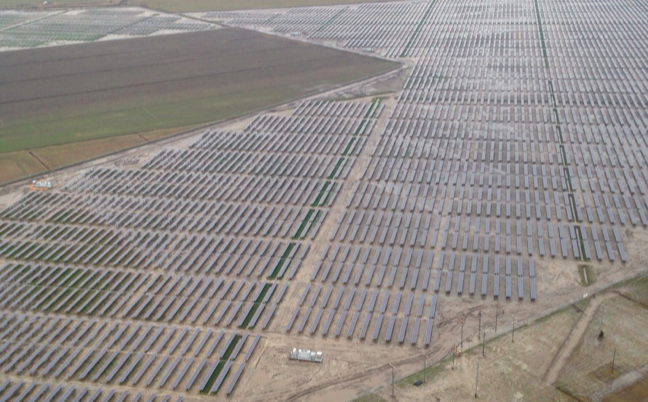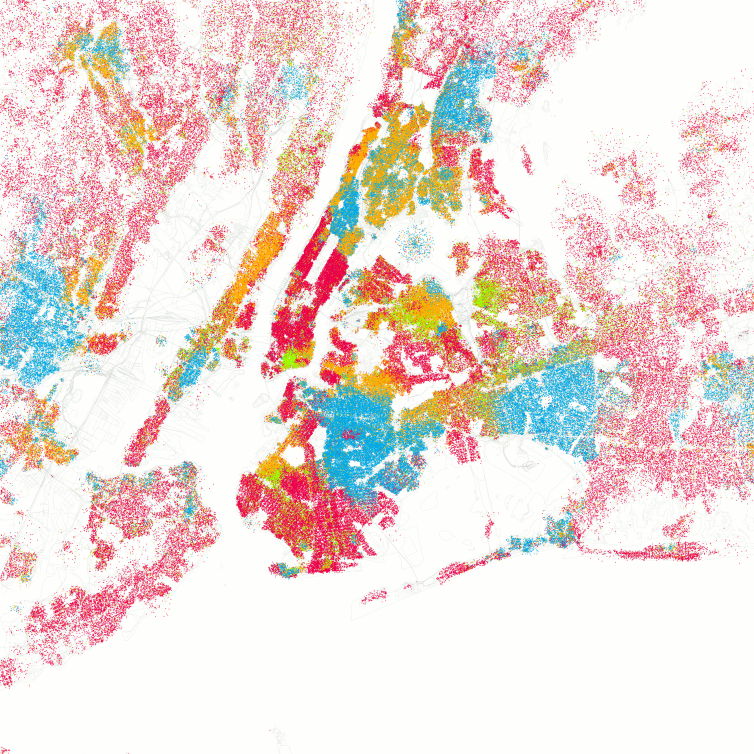This summer has gone by so quickly. While I’m excited for school, it will be hard to leave my summer gig. Over the past ten weeks, I’ve learned so much from the people at CFR and from the projects I’ve worked on.
One of the more rewarding parts of the job has been helping clients navigate the more complicated parts of putting a clean energy deal together. It feels satisfying to enable a good thing to happen that otherwise might not have. Moreover, I believe that ensuring that today’s clean energy projects are profitable helps give confidence to future investors and customers that we can and should lean more toward renewable energy as a solution.
I felt that I was able to contribute to that cause this summer. For example, I helped a set of universities and a hospital understand how to value capacity. Here’s what I mean by that and why I think it matters.
Some regions of the USA pay electricity generators for the ability to be available in the event of an emergency. These payments can make up a quarter of the project’s overall revenues. They way they are paid out is complicated – there are primary auctions and intermediate auctions, there are bonus payments and penalties, there are different rules in the summer than in the winter, and so on. The rules for the mid-Atlantic was just entirely rewritten in a 100+ page document authored by the body charged with preventing blackouts in the region. Getting through it was no picnic. But, in some cases these revenues can make or break a project. In all cases, it’s important to understand them.
I was charged with understanding the new rule and turning those rules into a model in order to both predict what revenues might look like under different scenarios and help develop a strategy for bidding in capacity in these auctions. Ultimately, we worked with several other parties to develop new a new approach to hedge against some of the more severe penalty scenarios. All in all, we took a complex and dramatic rule change that is impacting nearly all the energy generation in the mid-Atlantic and were able to turn it into an opportunity that will most likely earn our clients an even larger profit than they had initially expected, thereby establishing a major solar project as profitable and resilient amidst a sizeable incentive and market shift. And that’s a good thing for this industry.
I spent most of my time for this project in Excel, reading regulations, and on conference calls. To some people, I’m sure that sounds miserable. To me, it sounds great because at the end, I felt like I moved the needle just a little bit toward a cleaner energy future. And that’s exactly how I wanted to spend my summer.
-Jaafar Rizvi










You must be logged in to post a comment.